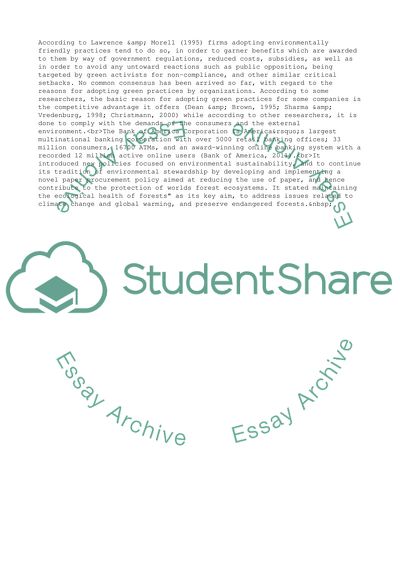Cite this document
(Contemporary Issues in Management Term Paper Example | Topics and Well Written Essays - 3000 words, n.d.)
Contemporary Issues in Management Term Paper Example | Topics and Well Written Essays - 3000 words. Retrieved from https://studentshare.org/management/1755265-contemporary-issues-in-management
Contemporary Issues in Management Term Paper Example | Topics and Well Written Essays - 3000 words. Retrieved from https://studentshare.org/management/1755265-contemporary-issues-in-management
(Contemporary Issues in Management Term Paper Example | Topics and Well Written Essays - 3000 Words)
Contemporary Issues in Management Term Paper Example | Topics and Well Written Essays - 3000 Words. https://studentshare.org/management/1755265-contemporary-issues-in-management.
Contemporary Issues in Management Term Paper Example | Topics and Well Written Essays - 3000 Words. https://studentshare.org/management/1755265-contemporary-issues-in-management.
“Contemporary Issues in Management Term Paper Example | Topics and Well Written Essays - 3000 Words”, n.d. https://studentshare.org/management/1755265-contemporary-issues-in-management.


